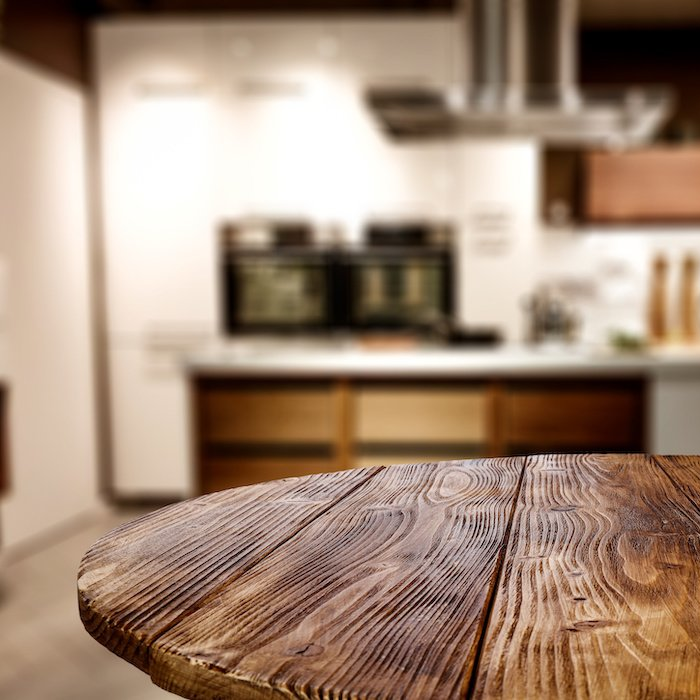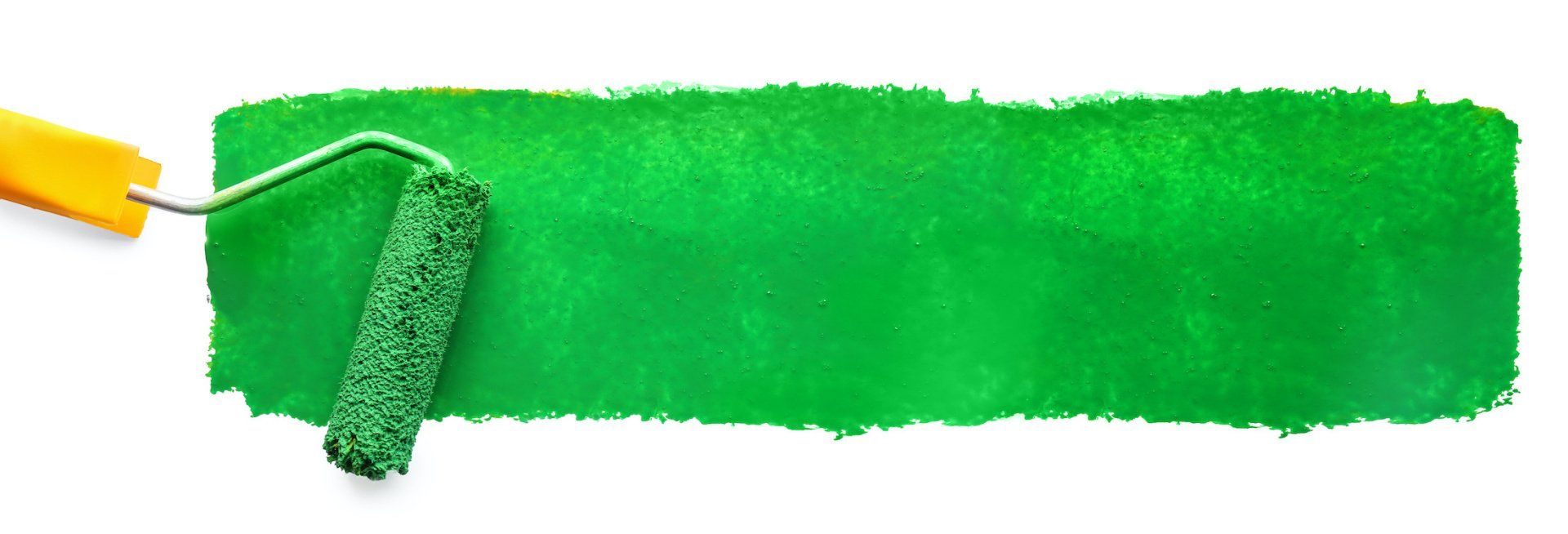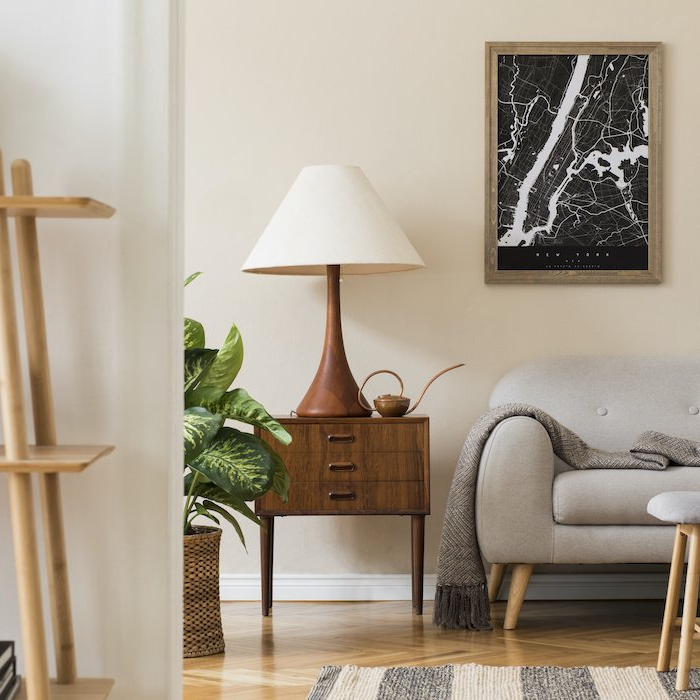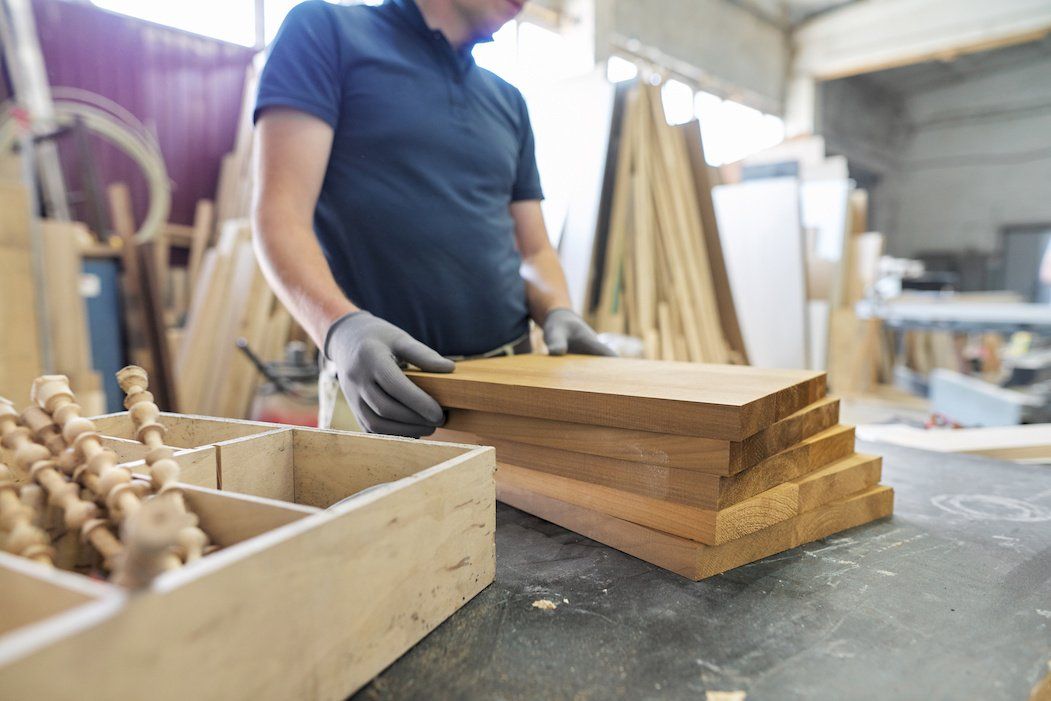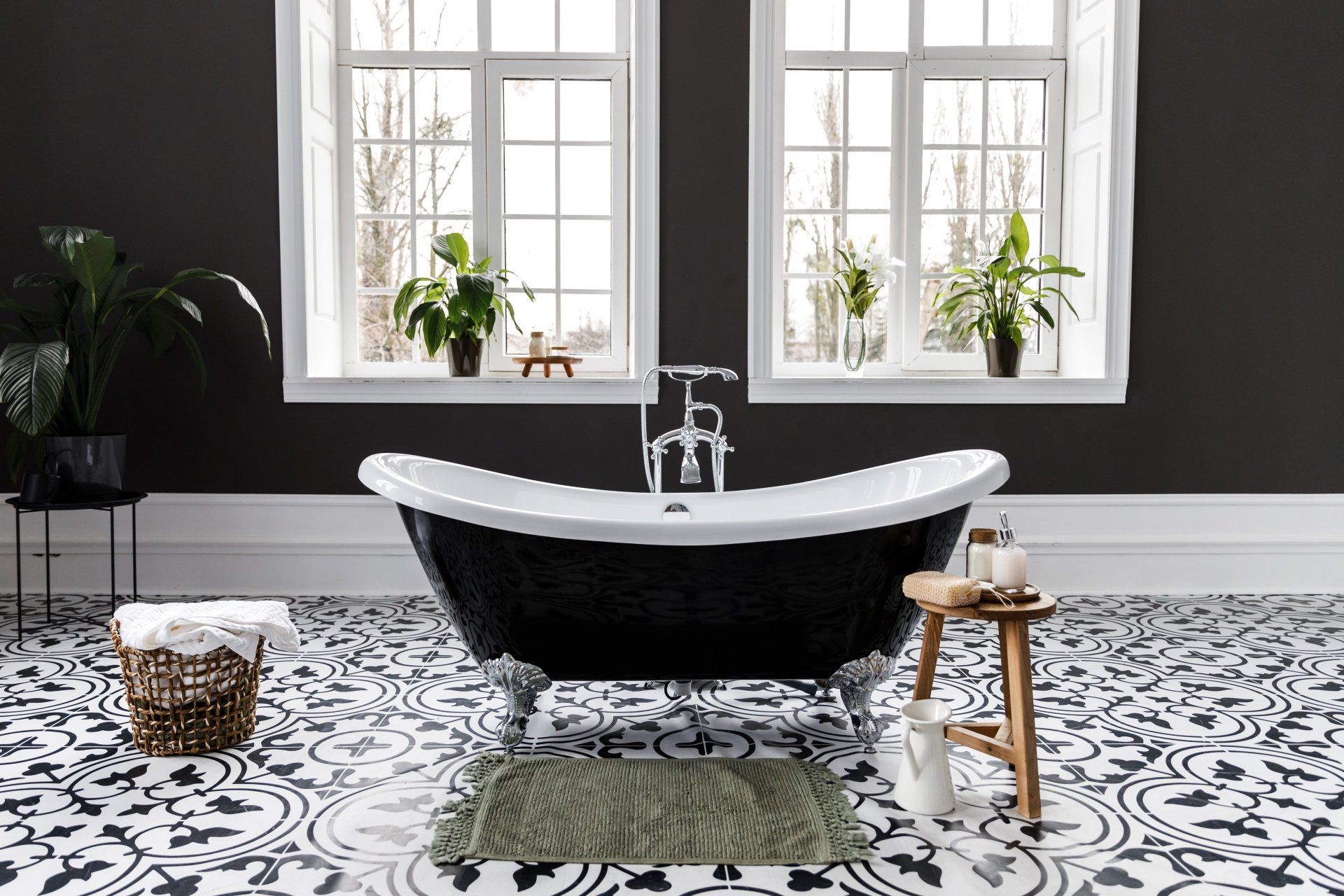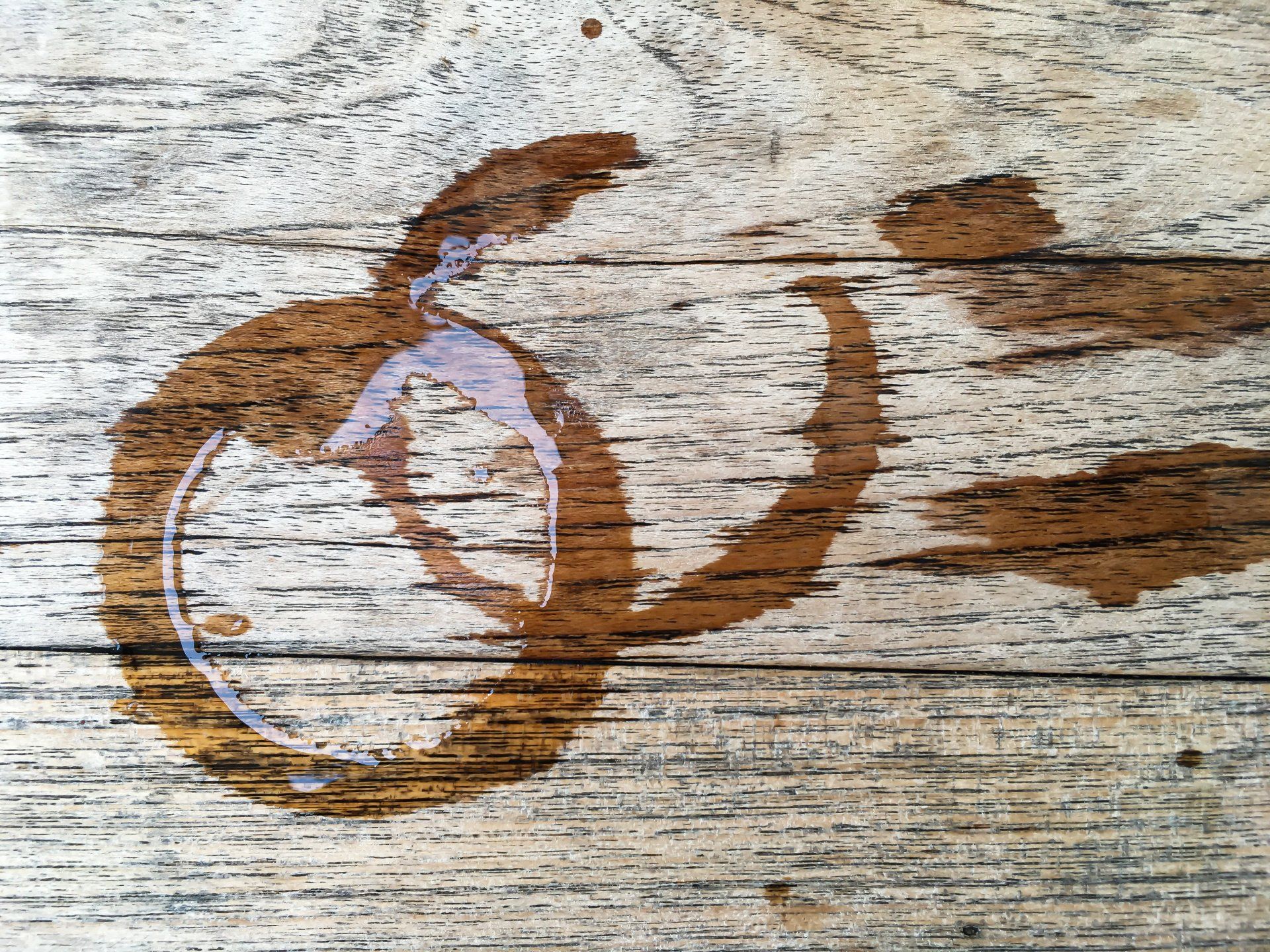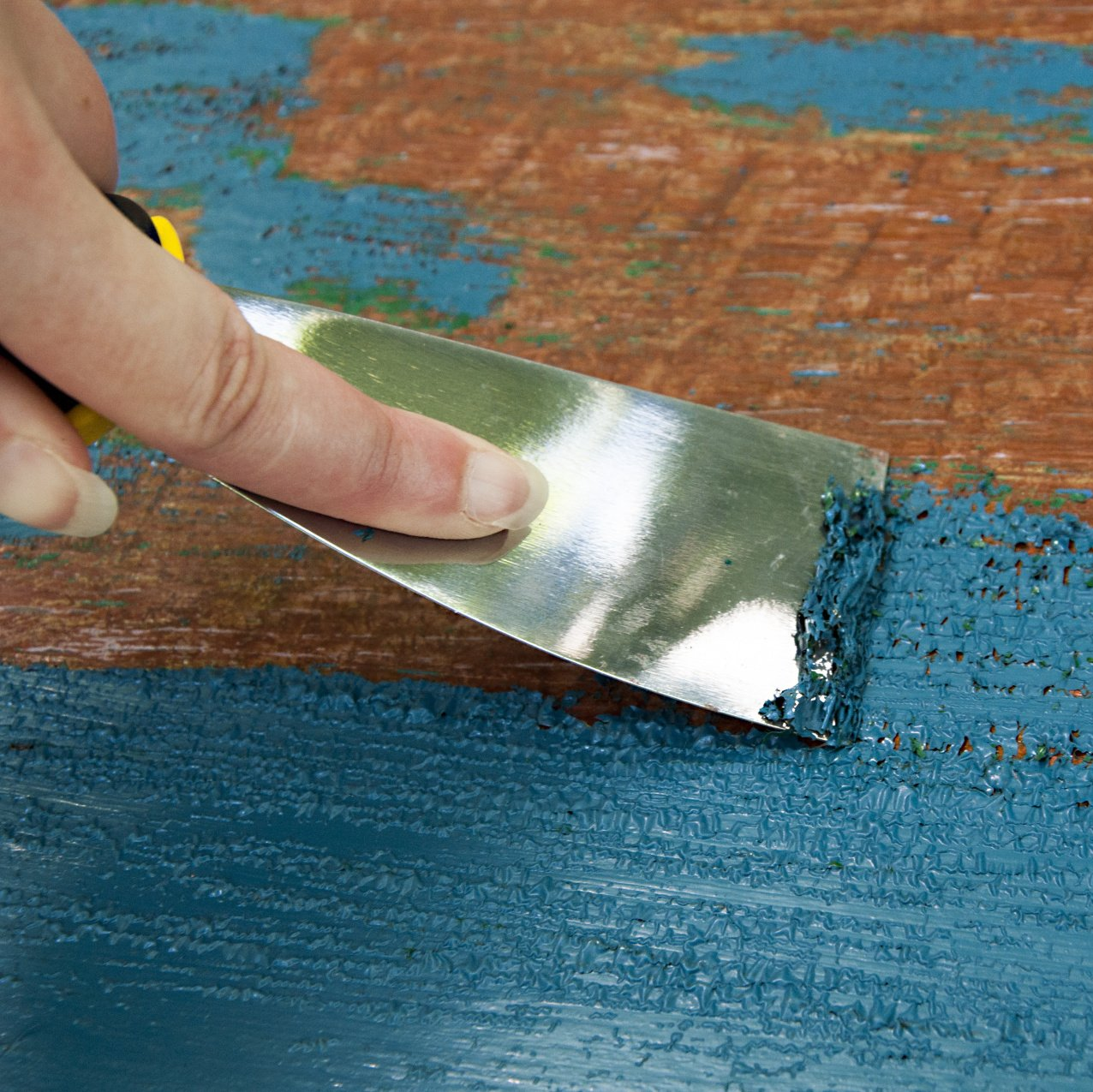Should You Paint Your Brick Fireplace?
Sam Lutz • June 24, 2014
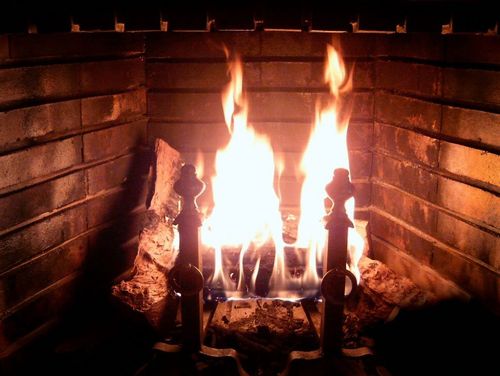
Painted fireplaces bring a touch of class to a room. However, the decision to paint your fireplace is not one to be taken lightly, and should only be done if you’ve carefully considered all the factors involved.
Advantages
Paint can be used to cover up damaged brick.
Paint gives a uniformity to older fireplaces, which is helpful if you’re trying to hide places where the brick has become cracked or broken.
Paint can make your fireplace look more modern.
Red brick and mortar is generally perceived as traditional in style and appearance. As a society, we tend to associate brick with older homes and conservative decor. Although there’s nothing wrong with tradition, some homeowners enjoy a more contemporary style of interior decor.
Paint lightens up rooms made dark by fireplace bricks.
Unpainted fireplaces can generally look quite dark, especially after years of being stained by soot. This tends to draw attention from lighter parts of the room and can make the atmosphere seem drab and depressing. A coat of white or cream colored paint will easily lighten and brighten that red brick. For some examples of this, the interior design website Houzz posted some excellent pictures
of the ways that a painted fireplace can transform a domestic interior.
Disadvantages
You can never undo it. Ever.
This is probably the number one reason why most people will never paint their brick fireplace. Brick is made of porous clay, and is naturally very absorbent. Chemical removers may strip some paint from the surface of the fireplace but will never actually remove all the paint. Paint is permanent. You can always change the paint color, but you can never return the fireplace to an unpainted state.
Light colored paint shows dirt and soot easily, and requires regular cleaning to look its best.
Each time you build a fire in your fireplace, some soot and ash is distributed around the room. If you choose a light colored paint for your hearth, the ash and soot will be far more visible than it would have been on the original brick, and will necessitate regular cleaning.
Done incorrectly, you can do damage to the brick.
Paint can lock moisture into the brick. Over time, trapped moisture will damage brick, causing it to crumble. This condition is known as spalling. Spalled brick can be very difficult, or impossible to repair.
Tips
To paint your fireplace, you’ll need the right materials and some time to complete the project properly. If you’ve ever completed a home painting project before, this one shouldn’t be too different. A few tips:
- Clean the fireplace days in advance to give it time to fully dry. Don’t light a fire between the time you clean and the time you paint.
- For the exterior of the fireplace, Better Homes and Gardens reports that you should be safe using an acrylic latex paint that can withstand high temperatures of up to 200 degrees. If you’re painting the firebox (the inside of the fireplace), you’ll need to use paint that can withstand much higher temperatures.
- Remember to lay down tarps around the fireplace before beginning.
- You may be able to use a roller for some of the project, but you’ll need a small-sized paint brush (1” or so) to reach the deep crevices between bricks.
Resources
This article on Networx.com
raises some excellent points about fireplace painting, including some information about how to complete the project and what to consider as you try to decide if this is the right thing for your fireplace.
As well, if you’re interested in taking on a faux brick painting project, then check out our previous blog post
on how to properly achieve the perfect finish.
If you’d like more ideas or advice before you begin your project, drop by to speak with one of the professionals at Ace Paints and Unfinished Furniture. We’d love to help you with this home project and more!
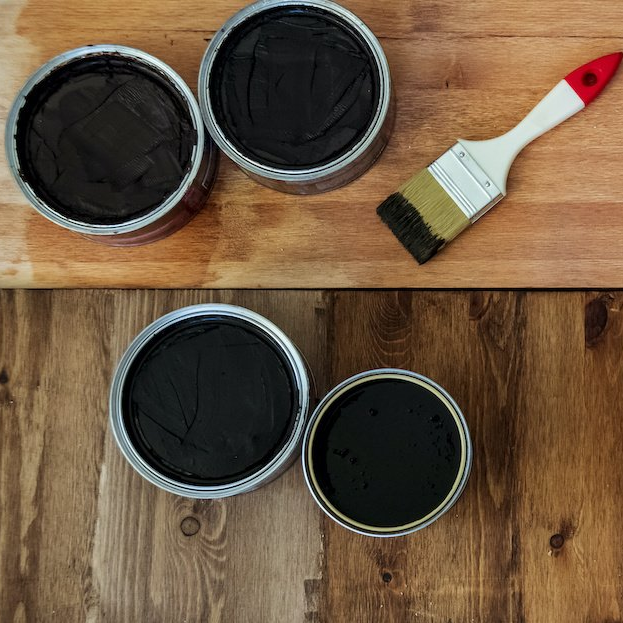
One of the wonderful things about good wood furniture is that it doesn’t have to be merely functional. It can be beautiful as well. We’ve seen some amazing pieces made with wood stains that are more than just furniture, they’re works of art. So if you’ve got an old table, desk or other piece of wood furniture that needs jazzed up, why don’t you consider using some of our great stains to try one of these ideas.

